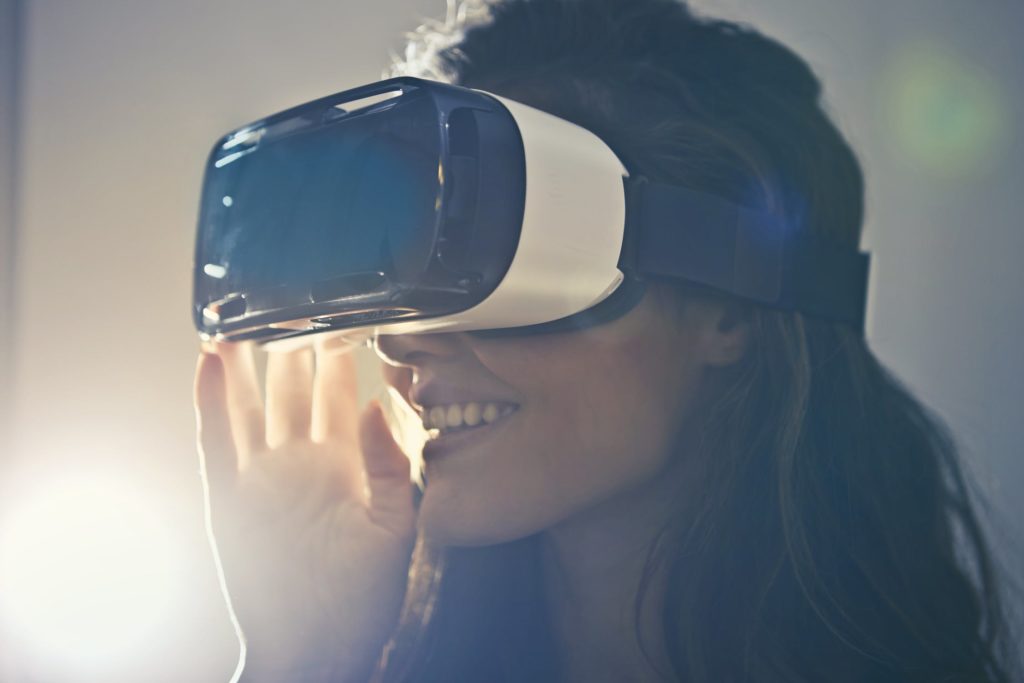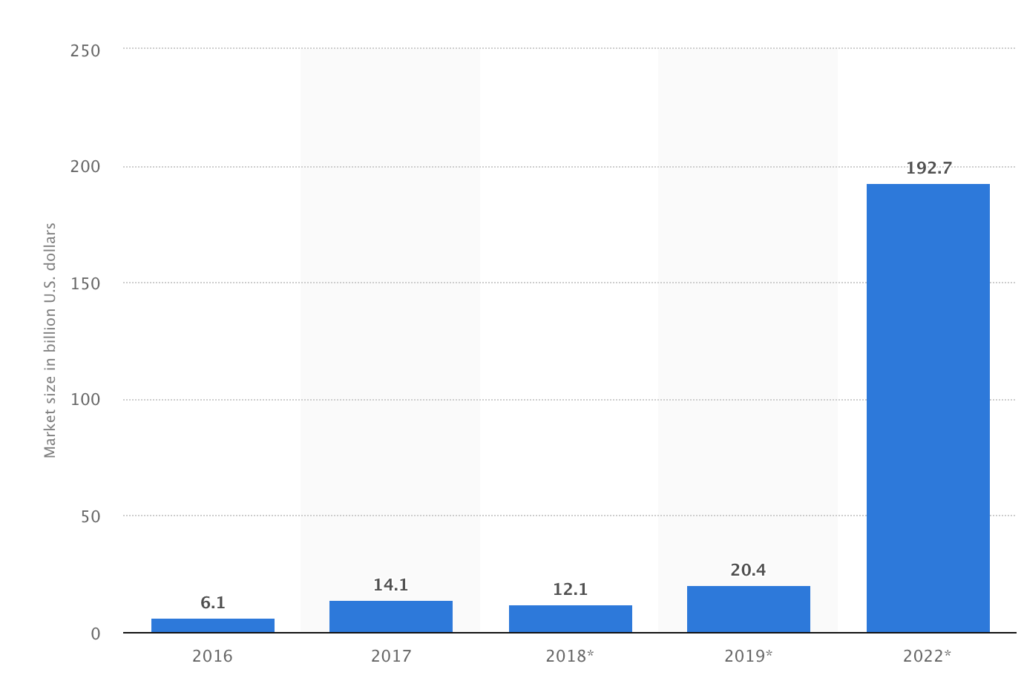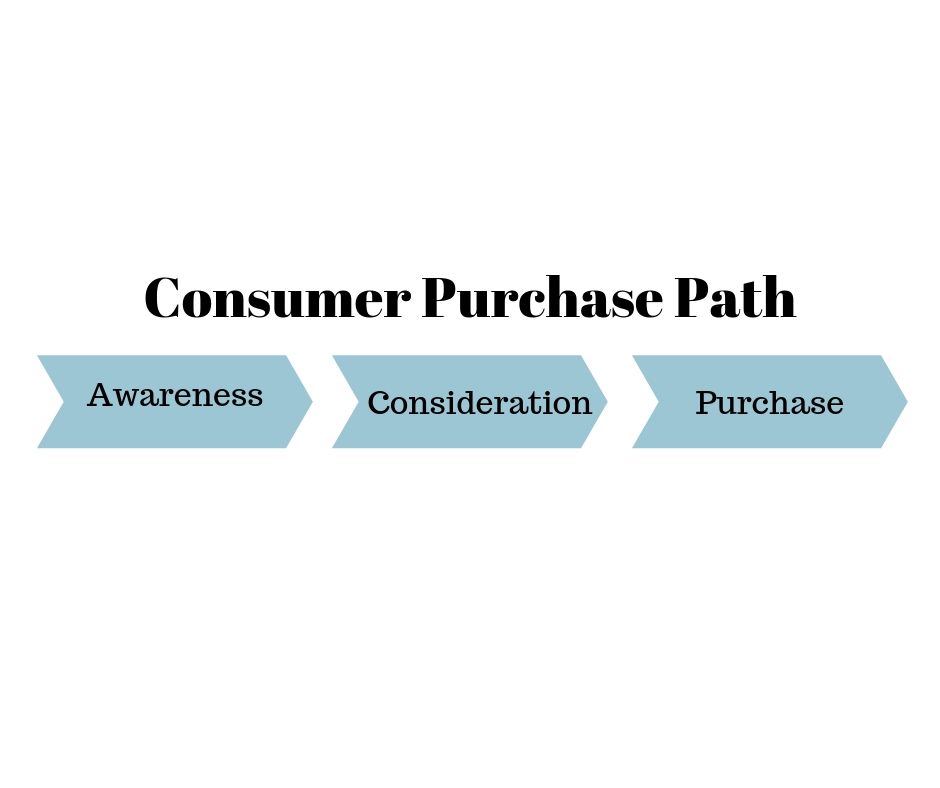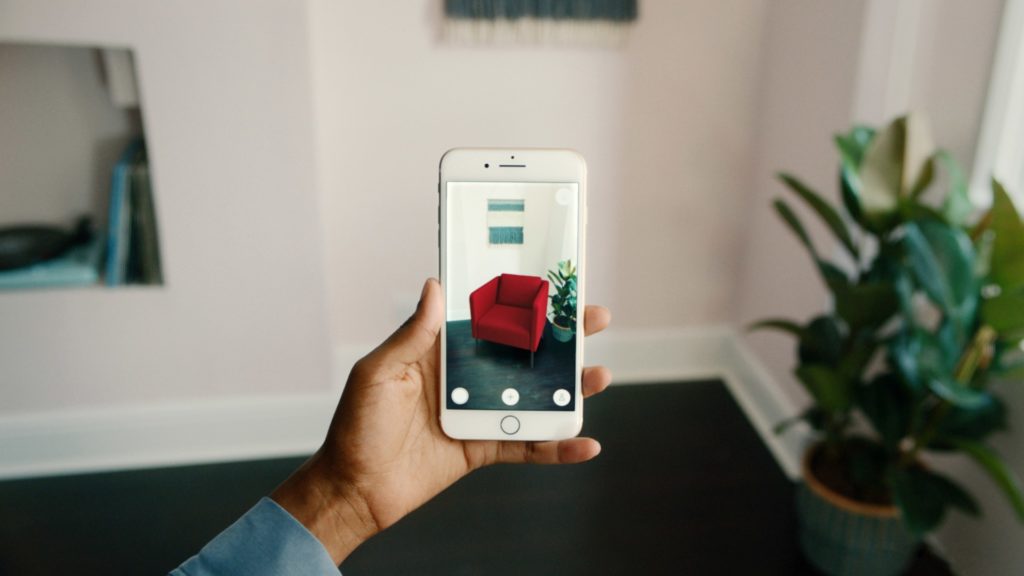
Virtual reality is an immersive experience that mimics a user’s reality, while augmented reality adds digital components to a viewer’s screen. Virtual reality and augmented reality, often abbreviated as VR/AR, can combine for a mixed real and digital experience. This blog post will examine the rise of VR/AR, the mobility of these technologies, and e-commerce problems that VR/AR can solve.
In 2022, the VR/AR market size worldwide is expected to reach $190 billion. This is a massive increase from $20.4 billion in 2019. VR/AR technologies are entering into everyday spaces. For example, if you were to conduct a basic Amazon search today, you would come across over 200 VR headsets available for purchase.
One of the perks of virtual and augmented reality is their accessibility and mobility. According to a Pew Research Center study, over 77% of US adults own a smartphone. Smartphones have incredibly advanced capabilities that make virtual and augmented reality feasible for millions across the US. The sheer size of the VR/AR market demonstrates a need for companies to incorporate these technologies into their marketing strategies.

In 2018, over 77% of shoppers abandoned products in their shopping carts before purchase. On mobile devices, 86% of shoppers exited out of the checkout process with products in their cart. Mobile-focused marketing efforts, like virtual and augmented reality, enhance the likelihood that an individual follows through to the point of purchase. So, how can you implement VR/AR into your marketing strategy to fix this problem?

In 2018, more than 24 million virtual reality devices were purchased around the globe. As these devices enter into the hands of consumers, they enhance the consumer purchase path. Consumers can slip on a mobile headset and immerse themselves into the virtual version of your store. They can browse and test out products, seeing first hand how these products fit into their homes and offices. Advancing technology means that the shopping experience is no longer confined to physical stores or online stores.
In Spring 2017, home improvement store Lowe’s did just that when they introduced a VR/AR DIY skills-training clinic called “Holoroom How To”. Customers were able to learn household repair skills through an HTC Vive VR device, bringing new meaning to the concept of “try then buy”. Customers were able to test out certain products before they purchased the items and put them to use fixing their homes.
Swedish furniture company Ikea also implemented VR/AR into their marketing strategy with the Ikea Place App that enabled users to place Ikea furniture in their homes digitally in live time. The app’s augmented reality function enables users to see pieces of furniture overlaid in their current living rooms, dining rooms, and kitchens, analyzing the object’s color, shape, and size. This lets users see how products will fit into their lives, not just how they will interact with the product.

In 2016, 209.6 million people in the United States bought at least one product online. By 2021, this number will increase to an estimated 230.5 million people. This makes the United States a leading e-commerce market. However, despite growing numbers of online shoppers, some consumers still prefer traditional purchasing channels like brick-and-mortar stores. So, how can e-commerce stores create an online shopping experience that mimics the physical shopping experience that some people still want?
An example of this is augmented reality headsets in retail stores. While a customer is shopping, they could use an AR headset while they viewed items around the store. As they looked at products, they may see notifications appear around certain products, providing them with additional information or discounts. Augmented reality enhances the shopping experience beyond reality- an amazing feat with endless possibilities.
Virtual and Augmented Reality technologies show great promise at achieving a truly immerse customer purchasing experience. These technologies further shoppers’ involvement in their purchases. The addition of VR/AR technologies can push your e-commerce plan forward, as VR/AR is becoming increasingly used across the United States.